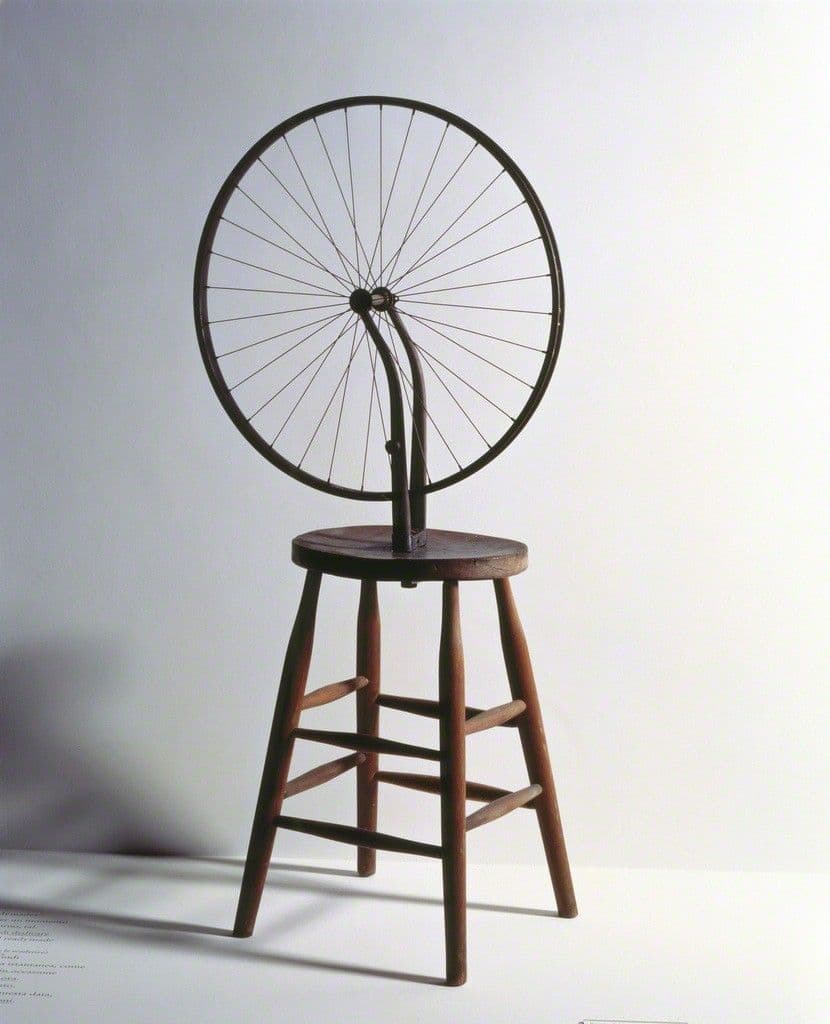Affinities & Art
- It’s a widespread opinion that photography and painting have a lot in common. Both operate within a confined space (frame or canvas), using elements like projected shapes, color palettes, tones, lines, and perspective to construct their visual narratives.
- It’s no surprise then that early photographers mirrored the approaches and techniques of their painter counterparts. These early decades saw a flourishing of experimentation: from brushes touching photographic plates in the darkroom to camera-less creations and the emergence of photomontage.
- Hence photographers today often bristle at claims that post-processing violates the discipline. They see such views as arbitrary restrictions on their creative process.
- After all, one might say that photography is an art form, therefore it’s up to the artist to determine what is right or wrong, and what technique to employ. Isn’t art about freedom of expression? Isn’t beauty in the eye of the beholder?


Just stereotypes
I’m starting from the last point and working backwards. It will make sense in the end.
For clarity, I’m referring to ‘Art’ with a capital A, signifying high cultural achievements, not simply any creative activity.
IV. If we all claimed to be the sole arbiters of what constitutes art, free from any external critique, wouldn’t the world be overflowing with artistic expression? Yet, the reality is far bleaker. Instead of an explosion of creativity, we witness a proliferation of uninspired imitations, a stagnant scene where the same techniques are employed like formulas, solely to appease social media algorithms. But leaving quality aside for now, let’s delve deeper into the concept of rules in art.
I’m not sure when this trivial idea that art has no rules became such a de facto standard. Sure, rules can be broken, but that doesn’t mean there are no rules. The very avant-gardes that broke all possible rules still came up with their own rules. Heck, even Dadaism had at least one rule (to destroy itself). A discipline without rules is just anarchy.
“As long as you have rules, you have a chance for freedom. To try to obtain freedom without being aware of the rules means nothing.” (Shunryu Suzuki).
If there are rules in Art, we abide by them, akin to how poets craft within the constraints of language. Within this framework, we remain aspiring artisans. Yet, some rare innovators defy norms, forging unexpected paths. They’re the true artists. Thus, not everyone claims that title.
While understanding “rules” helps, declaring beauty subjective isn’t quite right. Our reaction to art is shaped by various factors: culture, education, personal experiences, and even our understanding of the “language” of art (in all that lies the subjectivity). Think of it this way: someone unfamiliar with Cubism might not appreciate Picasso initially, just like someone who doesn’t speak Japanese might struggle to find beauty in a haiku. However, our knowledge and exposure to these elements can evolve over time, shifting our perception of beauty in art. So, while individual interpretation plays a role, there is still an objective foundation for artistic appreciation that can be learned and developed.
III. Furthermore, while you’re free to express yourself artistically, just like editing photos or calling yourself an artist, it’s important to remember that every field has its basic principles, like grammar in language. Photography is no exception.
Now, about editing photos, it’s true that altering images has been around since photography’s early days (think Pictorialism). But it’s crucial to distinguish between basic adjustments like exposure, which enhances a photo, and heavy manipulation that fundamentally changes the image and potentially misrepresents reality.
II. “Advocating for purism is just a sign of an old, romantic, mentality”. The irony of arguments like this is that the opposite is true. People compare new artistic styles to painting solely because they hold onto a traditional view of what painting even is. Brushes, oil, and canvas automatically come to mind when discussing painting, even though it can take many other forms.
The idea that originality and technique define art is outdated. Marcel Duchamp’s approach to ‘readymade’ completely changed the landscape of art. He challenged traditional notions of originality, technique, and even repeatability. In a similar vein, photography isn’t about wielding a brush; it’s about finding the objet trouvé, the existing element in the world, and transforming it. Like a readymade, a photograph selects a part of the environment and imbues it with new meaning. Photography’s essence lies in capturing fleeting moments that would otherwise be lost, elevating them to serve a new purpose. By focusing on a specific moment and excluding unnecessary details, the photographer transforms the ordinary into something extraordinary.
Unlike painting, photography allows for infinite reproduction and a simpler technique. Capturing an image requires just a click, eliminating the need for intricate techniques and lengthy creation times found in painting. Holding photography to the standards of a bygone era of painting demonstrates resistance to embracing its unique capabilities and artistic merit.
To quote Claudio Marra: “A painting that – and here lies the serious misunderstanding – ends up representing not a possible model of art but rather the art tout court, the only aesthetic form to which relate, mainly because no other alternatives are provided, and also because it completely ignores what happened in this area during the twentieth century.”
I. While acknowledging their historical connection, photography and painting have diverged significantly. Even though the past is important, a blind adherence to outdated methods can hinder progress. Nobody stops you from editing your photos, but be transparent about your process and the final product.
Even though there’s no harm in editing your photographs, it’s crucial to distinguish between edits and composites. Understanding these differences promotes ethical representation in photography.




Afterword
In the current landscape of AI-generated imagery, understanding the unique nature of photography becomes increasingly important. This commitment to authenticity distinguishes photography from other artistic mediums and ensures continued trust in its capacity to document the world.